Astute observers will notice that I didn’t post an entry last weekend. Instead, I went 5+ hours north to the area around Houghton, MI for a brief survivalist refresher course. Now, Houghton is nothing like ASHES’ Waucamaw Wilderness, although I have to admit that I wasn’t sure what to expect, having never been to the town. Thanks to one of my recommended listens, the ride up and back was pleasant enough. I remember that when I moved here, a colleague who hailed from Iowa said that I would discover the joys of the road trip: “That’s what people do in the Midwest: they get in their cars and drive.” To be truthful, I’m not one for driving much, although I like cars and, depending on my mood, indulge in some serious car envy whenever a vintage show comes to town. (On the way north, I passed a classic resale place and–I’ll admit it–the impulse to pull off the road was almost overwhelming.)
As it happened, I did pull over but not there. Sunset was an hour away and I was, maybe, fifteen minutes out of town. I’d just passed through the Ojibwa Recreation Area, emerged from the trees–and there, spreading out before me, was Keweenaw Bay–glassy and calm–and, beyond, the greater expanse of Lake Superior. The view was so breathtaking, I simply pulled over, killed the engine and let the silence come down.
Houghton was pleasant, too. I expected a one-stop light kind of place: a couple burger joints, a gas station, a bar on each of the town’s four corners. Well, Houghton was a (pleasant) surprise. The town’s nestled in hills along the Portage Waterway. Michigan Technological University calls the town home and . . . and has frats. And what looked like a couple sororities. The downtown area’s nice, if you’re into that.
But Houghton, like some many of the Yooper’s towns, is dwarfed by the wilderness which surrounds it. Five minutes out of town and you’re into woods, hills, lakes. Loons.
I sure hope the folks up there know what they have. Superior is my favorite of the Great Lakes because it is, and feels, so remote. You don’t have to travel far to lose people, go tramping or simply find a good place to sit still.
Oh, and in case you’re wondering . . . yes, the trip was well worth it and, yes, I clearly survived. My teacher, David, was incredibly hands-on and everything you’d want in an instructor: patient, flexible, skilled, interested only in making this an experience that benefited me and not some pre-set agenda. (If you’re ever in the area, do check out what he has to offer. Well worth your time.) The good news: Not only was I (once more) reassured that I did/do know what I’m doing most of the time, I picked up a coupla tricks that I know will find their way into a novel. The bad news: I still can’t get that damn bowdrill to work. The fact that David couldn’t either made me feel marginally better. I suppose if I had infinite arm strength and a long, long time . . . I could do it. Maybe. Yeah, I’m sure I could. Right now, all I get is smoke, which sucks. Some day . . .
And, yes, for those of you who commented on “Gear Girl” and the infamous JetBoil: got a new one in the nick of time, brought it along and had my morning cuppas. They were more comforting than I can say.
On to the business at hand:
READS
Johnson, Maureen. The Name of the Star (Putnam Juvenile, 2011). I already mentioned in another post that I scored this ARC at the ALA and all thanks to the kindness of strangers. The first in a trilogy, the book follows Rory Deveaux, a Louisiana transplant doing a year at a London boarding school, who–thanks to a near-death experience–can now see ghosts. The plot’s pretty simple, actually: there’s a Jack-the-Ripper copycat loose in London and, natch, only Rory and a select few who make up a secret police force can see him. There’s no real mystery here, and many of the plot turns and events were predictable but what really saves this book and makes it immensely readable and quite enjoyable is Rory’s voice–funny, incisive, a tad biting–and Johnson’s talent for place as well as her ear. You hear her characters and that is half the battle for any writer. Oh, and the adults? Behave like adults. You gotta love that.
Peacock, Doug. Grizzly Years: In Search of the American Wilderness (Henry Holt, 1996). Anyone interested in conservation knows Peacock’s story. Fresh from the Vietnam War where he served two tours as a Green Beret medic, Doug Peacock is a young man with more than his share of spiritual wounds. Like so many others, his life became a boozy, self-destructive downward spiral. What saved him was the wilderness and, more specifically, grizzlies. This book follows his spiritual rebirth–the bears he studied and filmed, the ones he didn’t kill, the trauma he finally vanquished, the life path he has chosen in his fight to save these creatures. In the bear, Peacock has found a metaphor for the fragility and majesty of a vanishing wilderness. Bring Kleenex.
Sandford, John. Buried Prey (Putnam, 2011). Although Sandford’s one of my favorite writers, I’ve found the last few entries of his Prey series kind of flat. At first, I chalked it up to his starting the new Virgil Flowers series (one which has to grow on you, I think) and then to exhaustion. Buried Prey is his 21st novel featuring Lucas Davenport and even a writer as inventive as Sandford must be running out of tricks. So I wasn’t expecting a great read, just a good one.
I was wrong–and I’m so glad.
Buried Prey revolves around the discovery of two girls, long dead, who’d disappeared way back in 1985 when Lucas was still a patrol cop. The murderer was ostensibly caught, but Lucas had never been satisfied with the way it all went down. The novel is divided into two parts, past and present, and I have to say that I loved revisiting the characters and relationships that made me fall in love with Sandford in the first place. Forget the murder mystery, although it’s quite good and very believable and–in its own way–a little pathetic. After all, what happens to killers as they age? What Sandford rediscovers by looking back is the freshness that’s been missing from some of his latest efforts and, to a degree, his Virgil Flowers series. It’s not necessarily the mysteries or shoot-outs or sheer number of characters that drive a story. Sandford’s work is always at its best when he gives Lucas his life, not simply a series of (somewhat interchangeable) people who trot in and out of the narrative. I will say that there was only one major disappointment here, and that revolves around who dies. You see it coming a mile away. My fantasy is that this will somehow change Lucas, though–not into winding down and pulling back–but getting right back into the mix. The BCA was a necessary move, but Lucas belongs on the streets and in the trenches.
I also find it fascinating that, this year, both Sandford and Lee Child have chosen to go back in time with their characters. Child’s book, The Affair, isn’t due for another two months (wah!), but these writers might be responding to the same impulse: we are who we’ve known.
LISTENS
Naylor, Sean. Not a Good Day to Die: The Untold Story of Operation Anaconda (narrated by John Henry Cox; Sound Library, 2005). Anyone who’s been awake for the last, nearly ten years remembers this. Anaconda was the first large-scale U.S. joint military and paramilitary CIA operation in Afghanistan to involve both Special Forces and regular units working in cooperation with allied Afghan, NATO and non-NATO forces against the Taliban–and it was supposed to be a cakewalk, given the U.S.’s military might. Designed to root out Taliban from the Shahi-Kot Valley and Arma Mountains, the operation instead became a rout of the U.S. military–a case-study for what not to do when marshalling disparate forces in unfamiliar terrain. To my mind, the Battle of Takur Ghar, renamed the Battle of Roberts Ridge after the Navy SEAL who was the first casualty, is all about the take-home: all the fancy machines in the world won’t help you against a determined, entrenched enemy on his home-turf. An operation that began as an assault turned into a rescue mission that lasted less than twenty-fours, resulted in an obscene number of casualties and the deaths of eight U.S. soldiers, including AF PJ (pararescue jumper) Jason Cunningham. Mortally wounded, Cunningham continued to direct care of the wounded as long as he could–saved ten soldiers, got the bodies of seven more back home–and for his actions was posthumously awarded the Air Force Cross, second only to the Medal of Honor. (And which, given his actions, makes you wonder why his award has never been upgraded. If you think the Rangers and SEALS are tough, go learn about this very elite unit. PJs are braver than brave.) Although there’s a lot to keep track of in this book and it’s not always easy to visualize what’s happening where . . . well, welcome to war. Naylor’s book is a testament to American arrogance and soldiers’ sacrifice. And did no one remember what happened to helicopters in the First Persian Gulf War? The sand did them in.
Sandford, John. Buried Prey (narrated by Richard Ferrone; Penguin Audio, 2011). Yeah, I’m like that: books I really enjoy, I read and listen to, sometimes at the same time, sometimes after I’ve listened (or read). This one I knew I wouldn’t miss, no matter what. Ferrone is Lucas: always has been, always will be. This audiobook kept me company to and from Houghton. My only quibble? It ended while I was still an hour out from home.
LOOKS
I saw no movies this past month. No, wait. I take that back. I saw one but only the first half was any good. The entire second act devolved into a treacly quasi-Spielbergian debacle and homage to E.T. . . . and can you guess which movie I’m talking about? So I’m not going to bother reviewing it because if you can’t say something nice . . .
And I watched virtually no television.
Whoa. There is something seriously wrong with the universe.
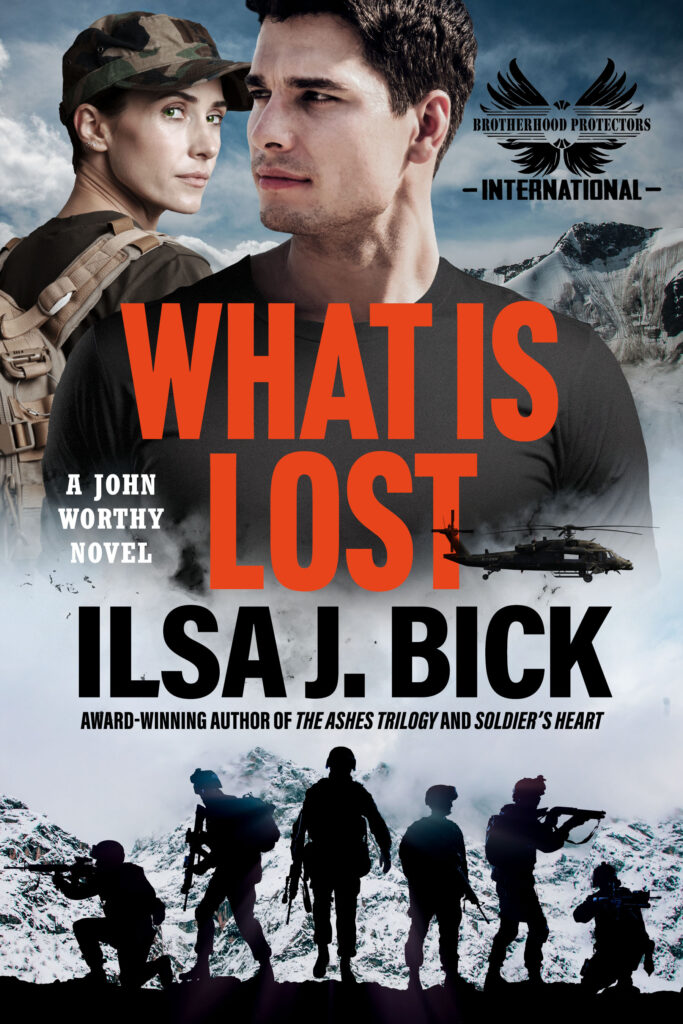
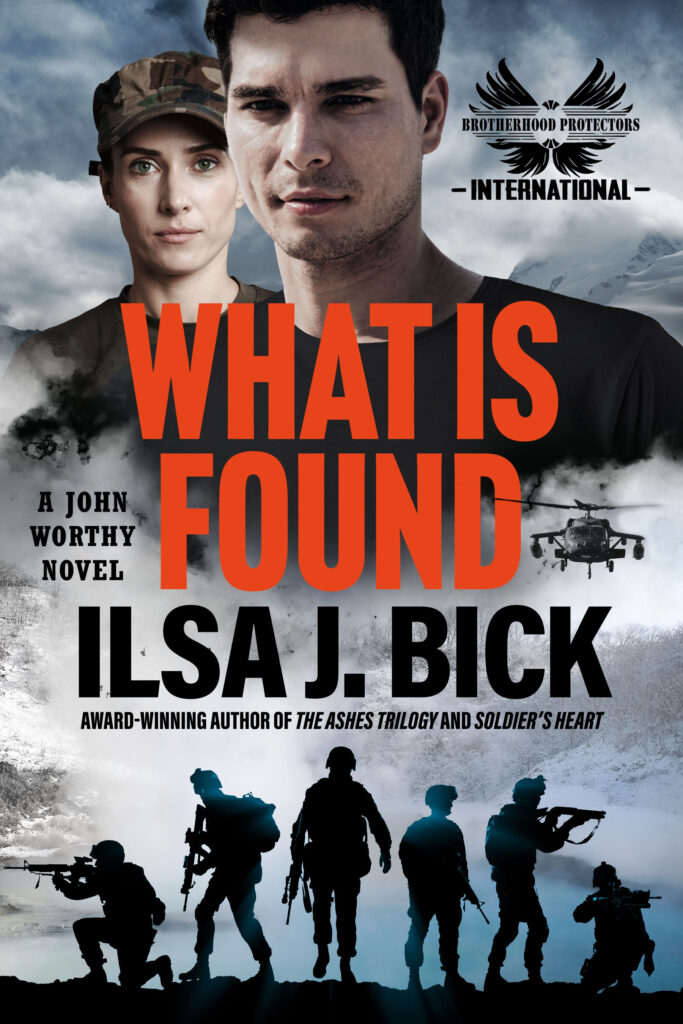
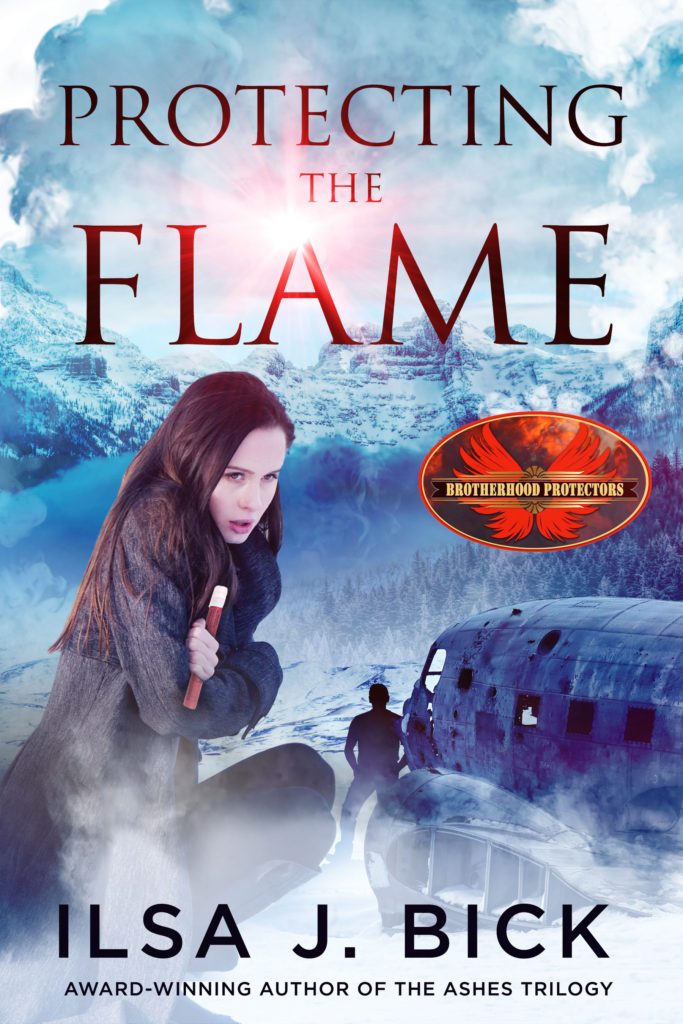

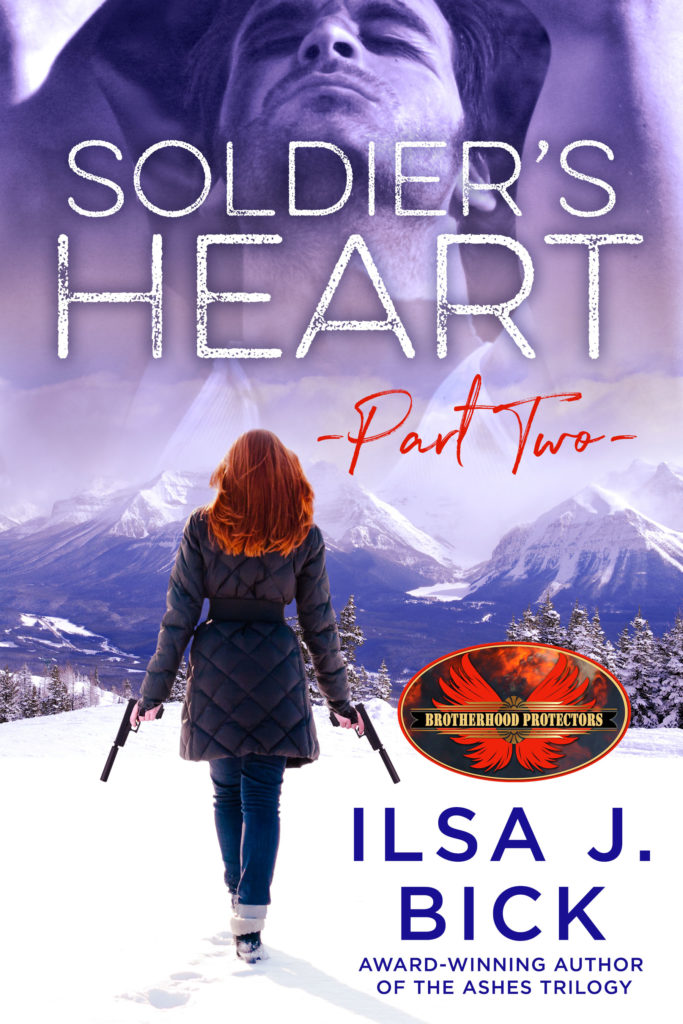
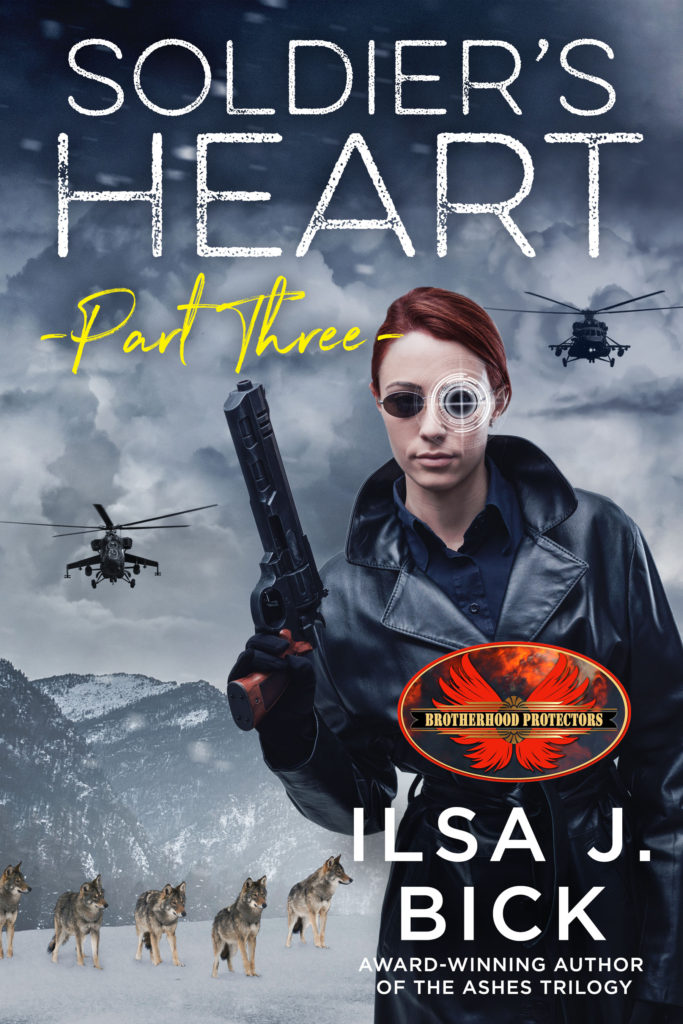
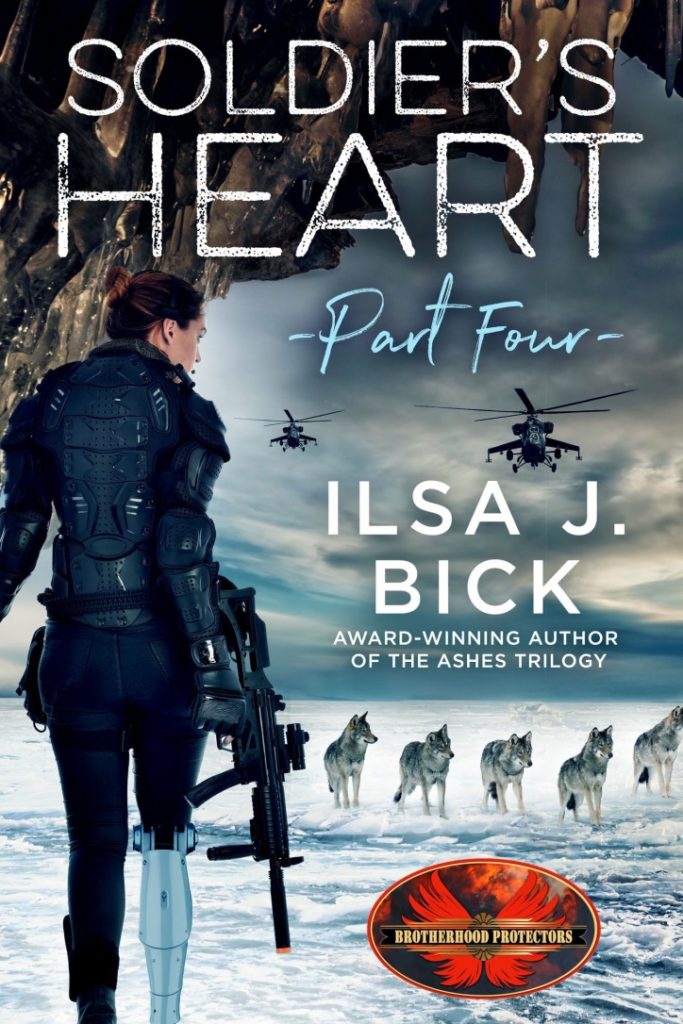
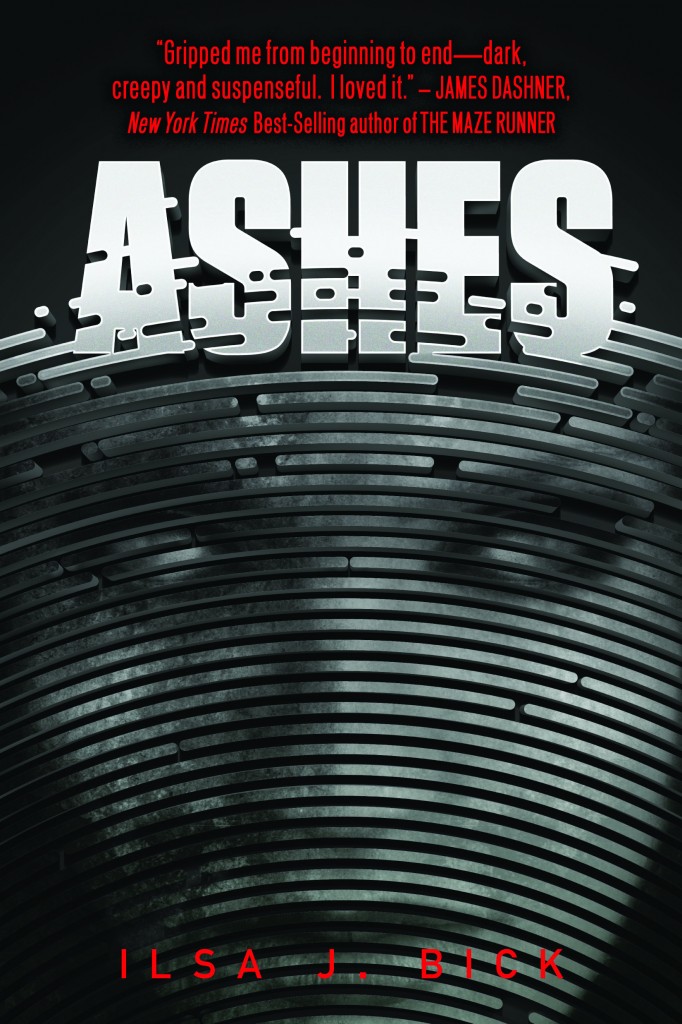
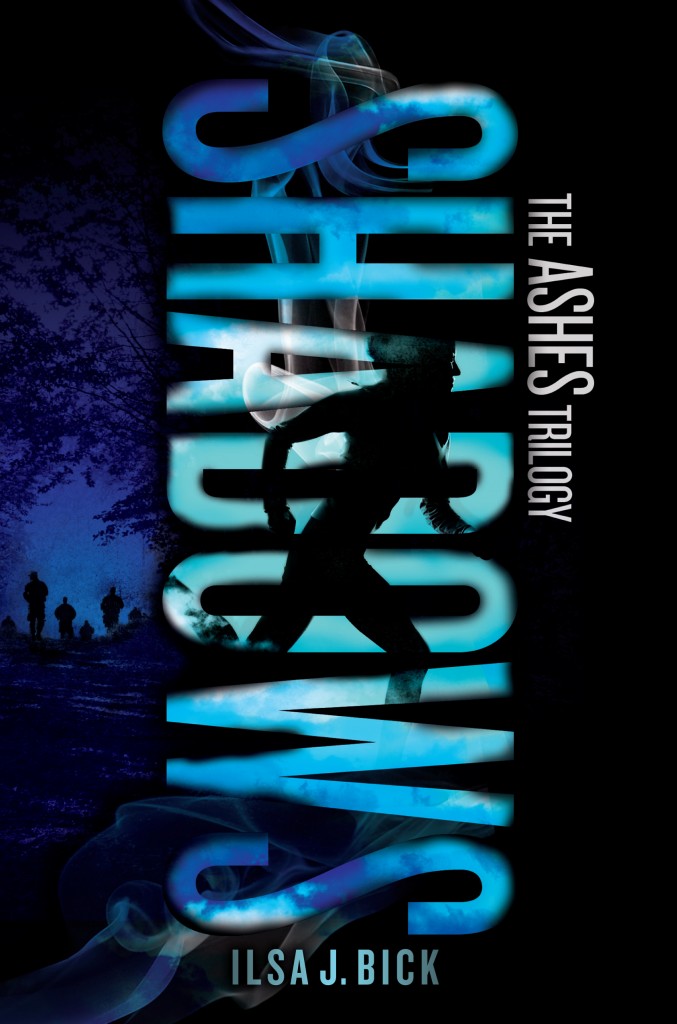
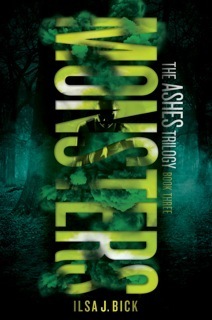
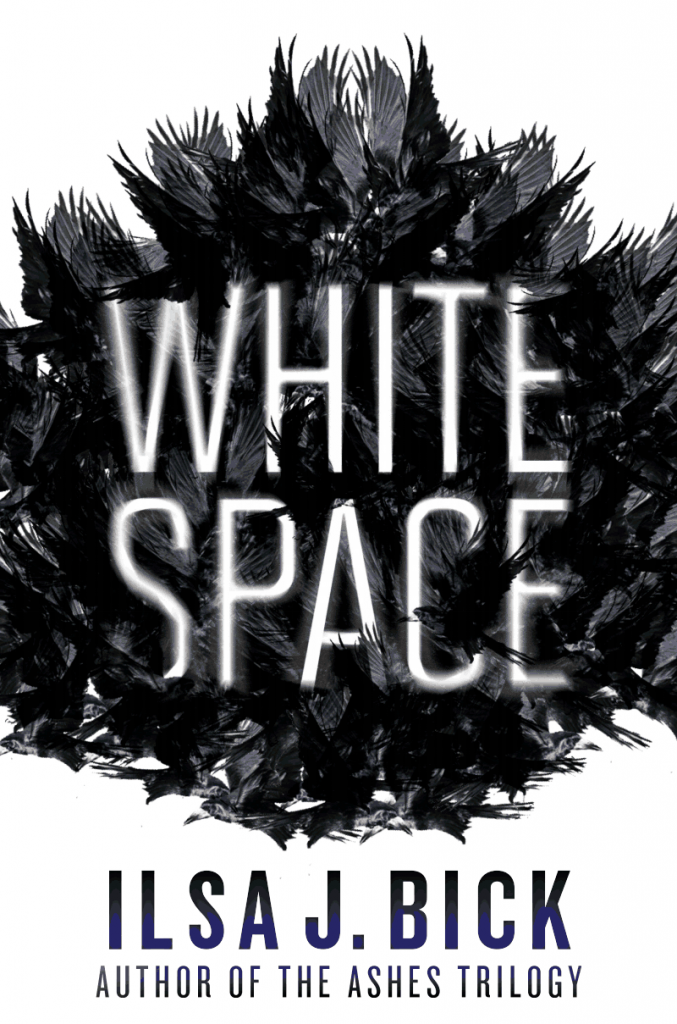
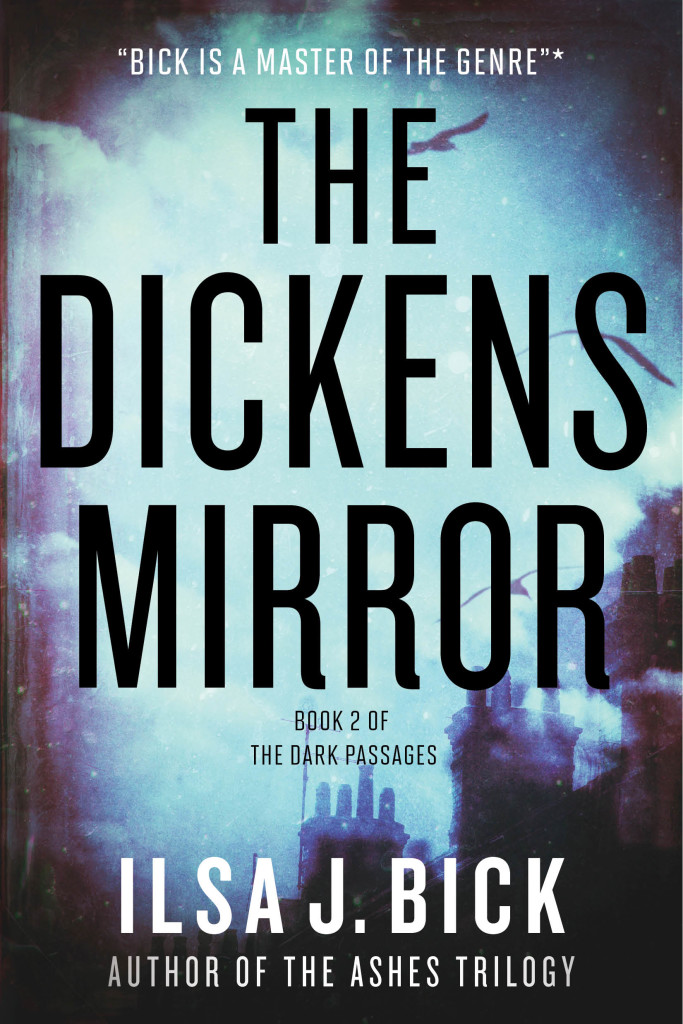
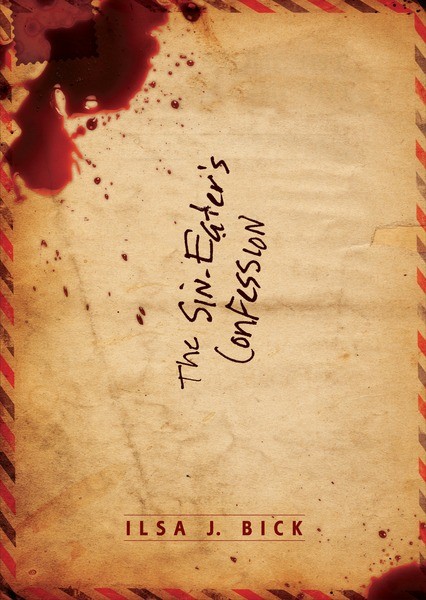
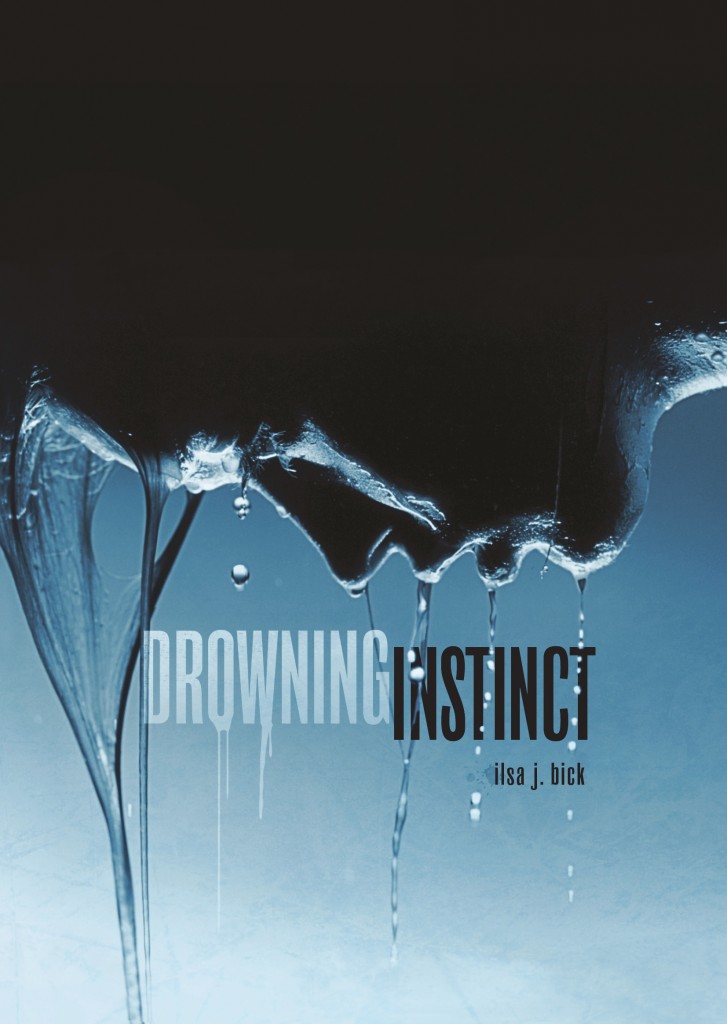
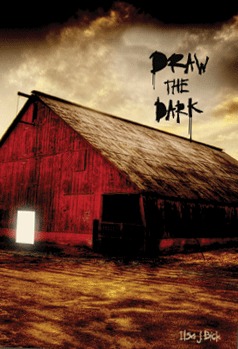
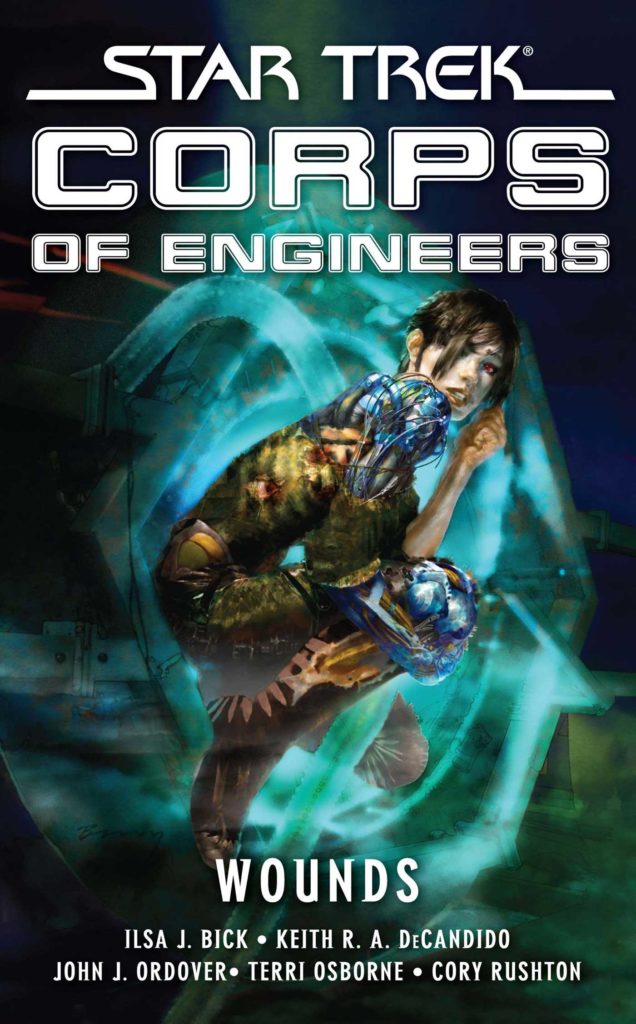



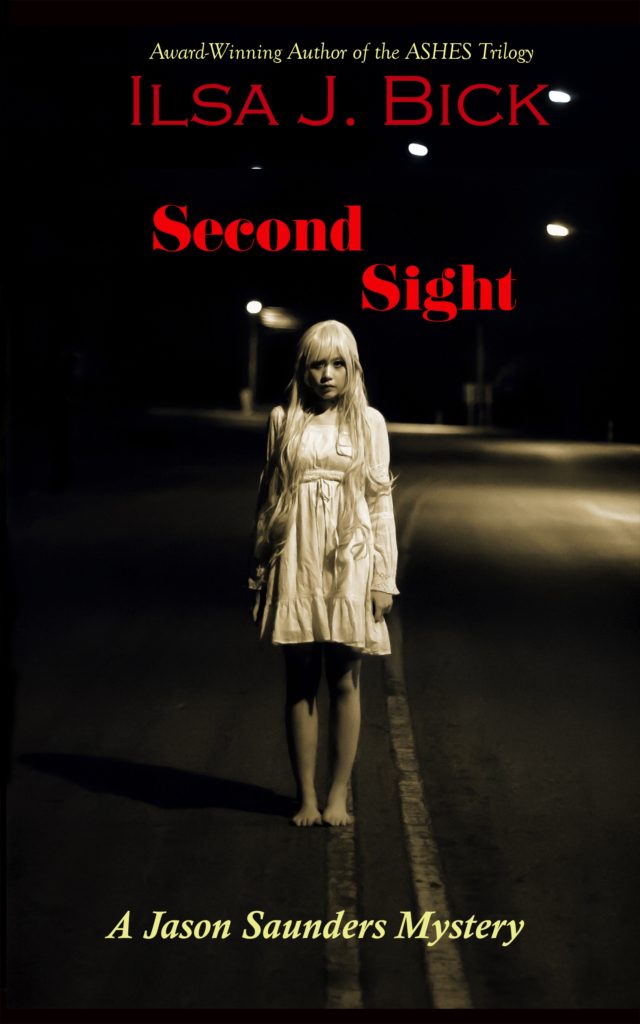
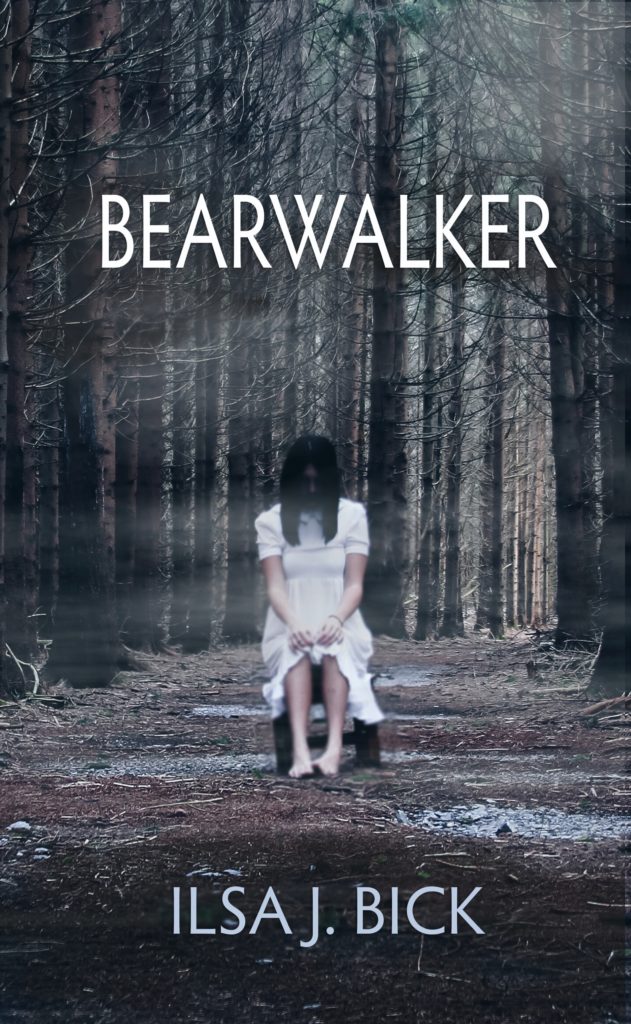
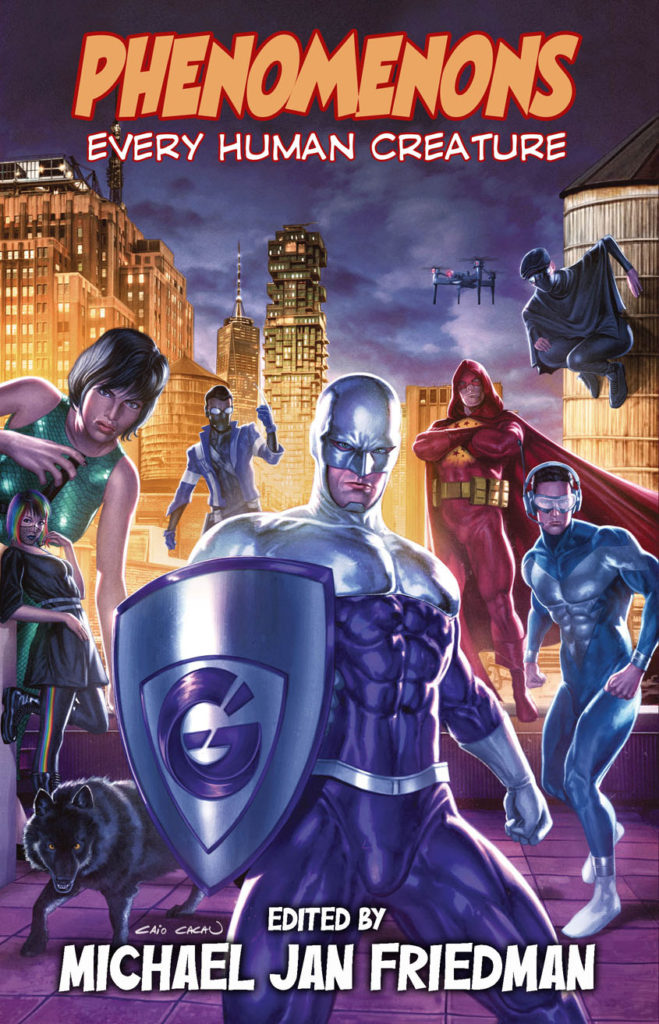
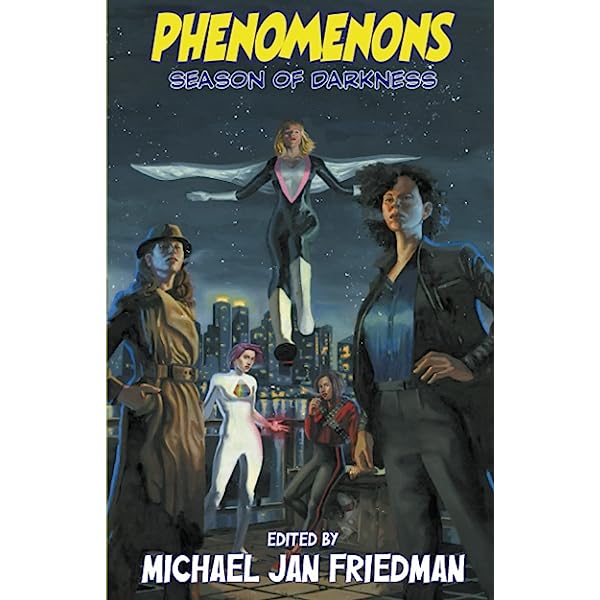

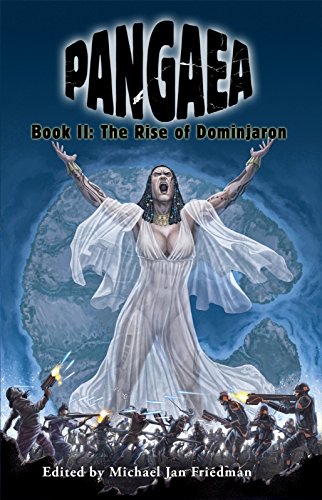
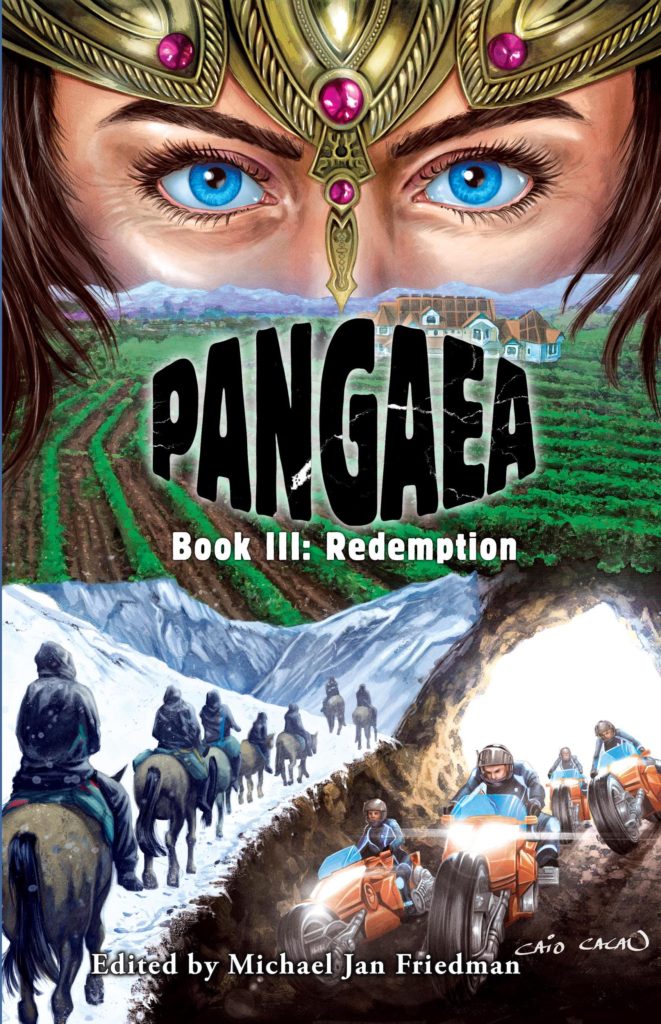

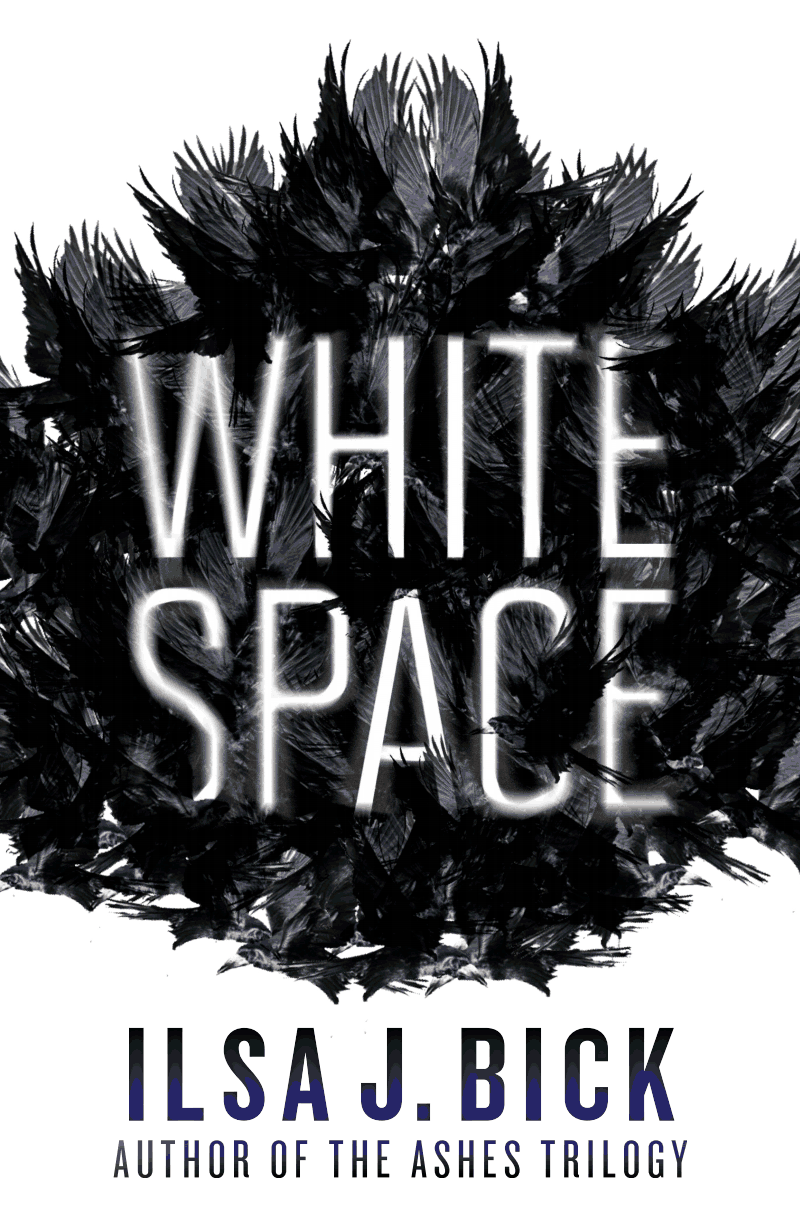
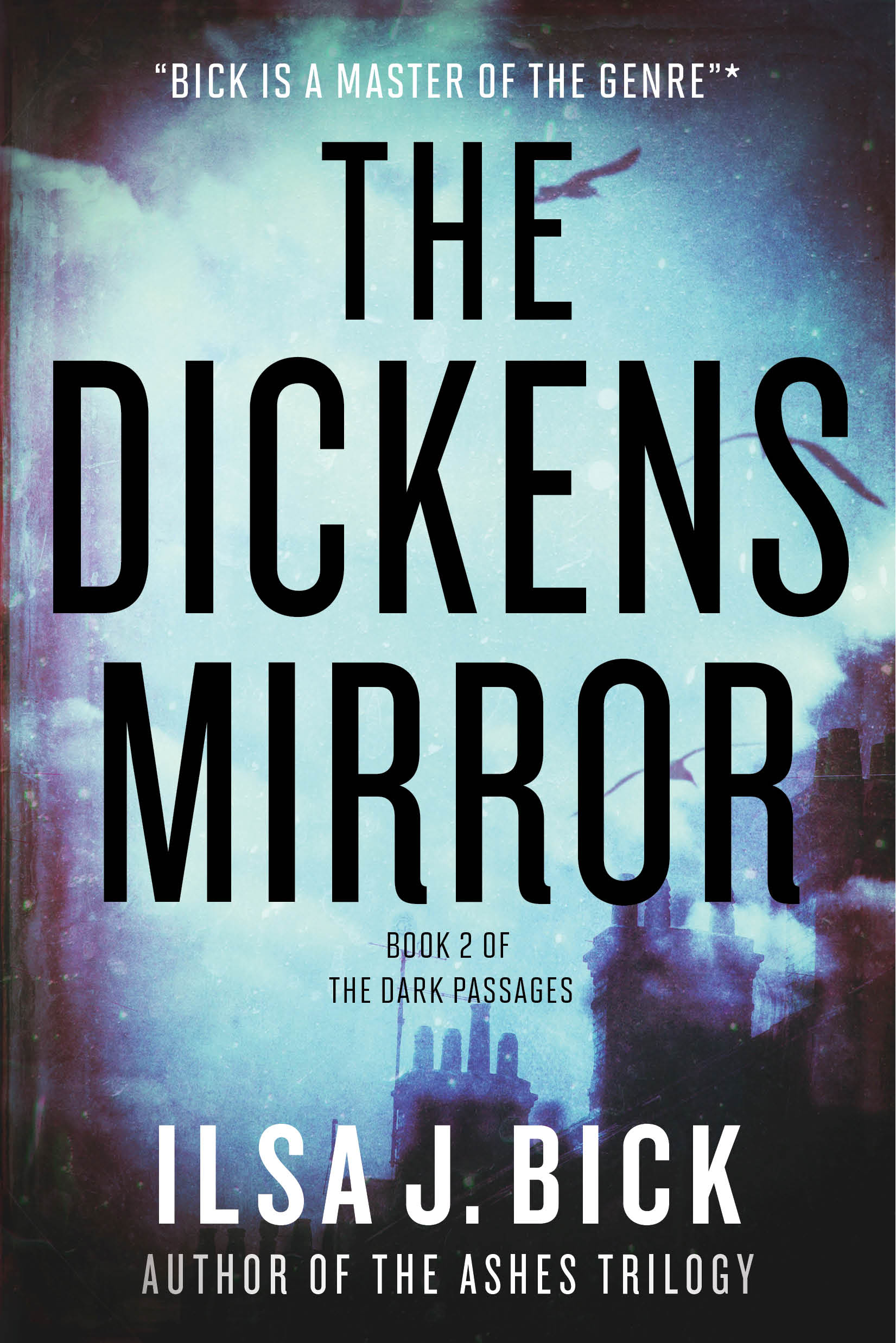
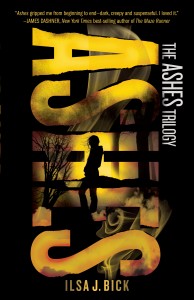
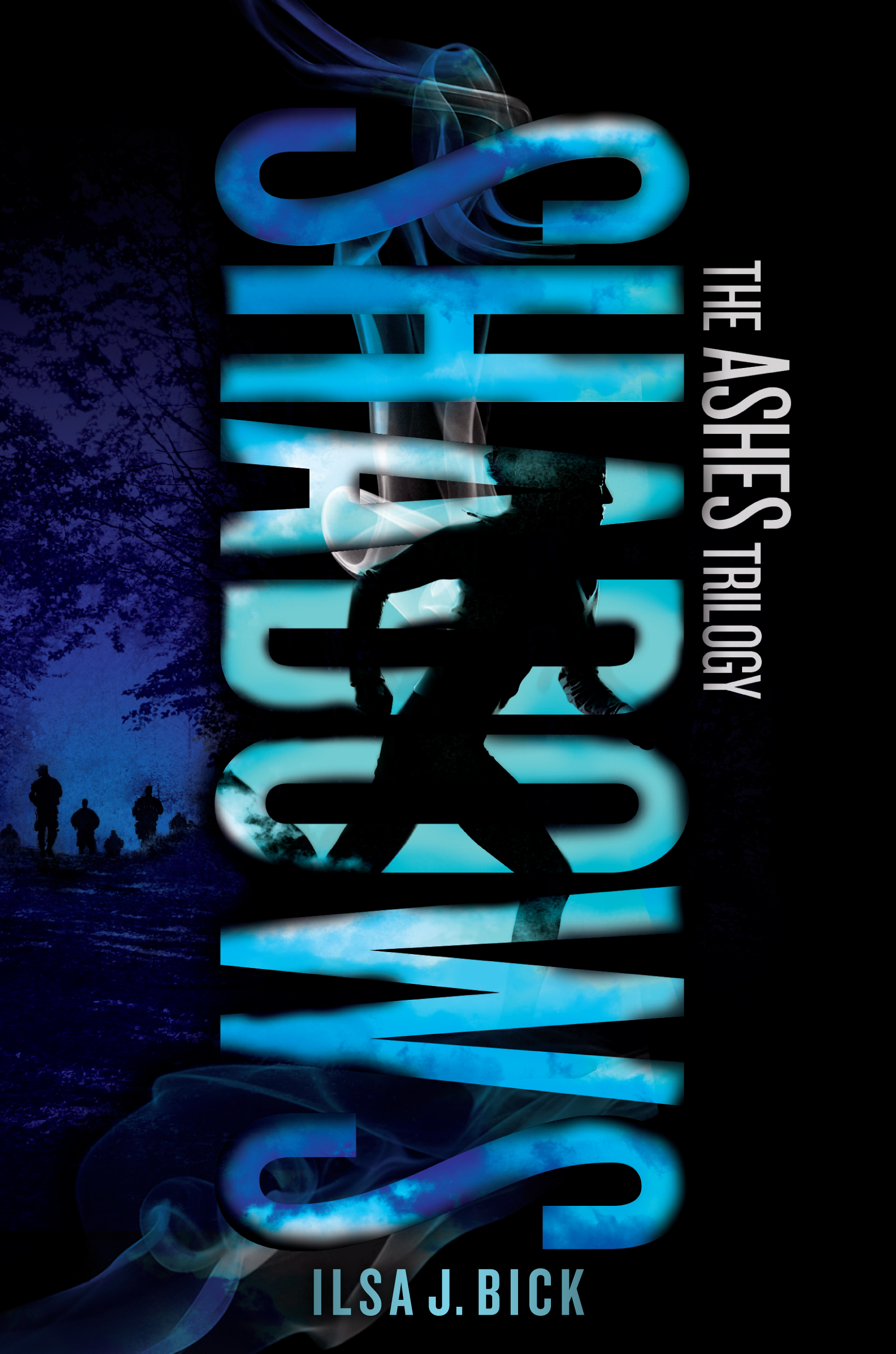
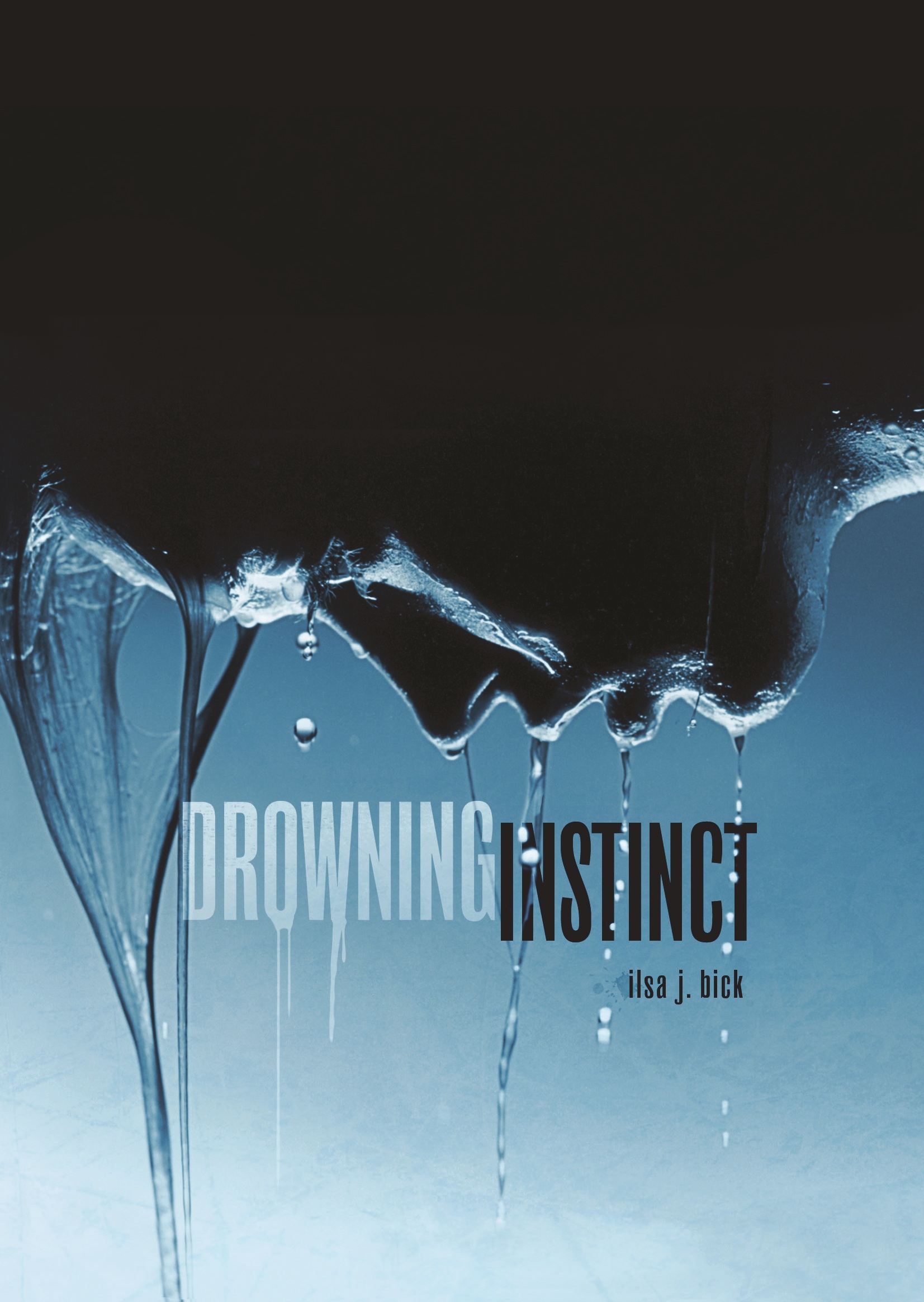
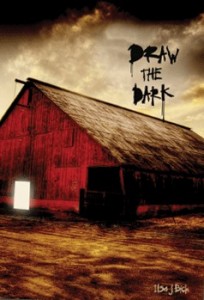
That sounds awesome – I’ve wanted to do some kind of survival training ever since reading Heinlein’s Tunnel in the Sky way back when. (If you’re not a Heinlein fan, the premise was that you were dropped onto an alien planet for a week and had to survive with a set amount of gear – you could take whatever you wanted as long as it met a weight requirement, but you had no way of knowing in advance what conditions to expect.) I’ve given a fairly absurd amount of thought about what (besides coffee) would be absolutely essential to surviving various cataclysmic events. I also survive boring meetings by working out the best way to defend the building against zombie attacks. But I’m weird, and generally prone to going off on topic-derailing tangents. Lake Superior sounds truly beautiful, yay for JetBoil functioning properly, and I am really, really looking forward to reading Ashes.
Sounds like a great book. I’ll have to put it on my to-read list. I suppose that there are worse things to do during boring meetings; at least, you’re doing something constructive. 😉